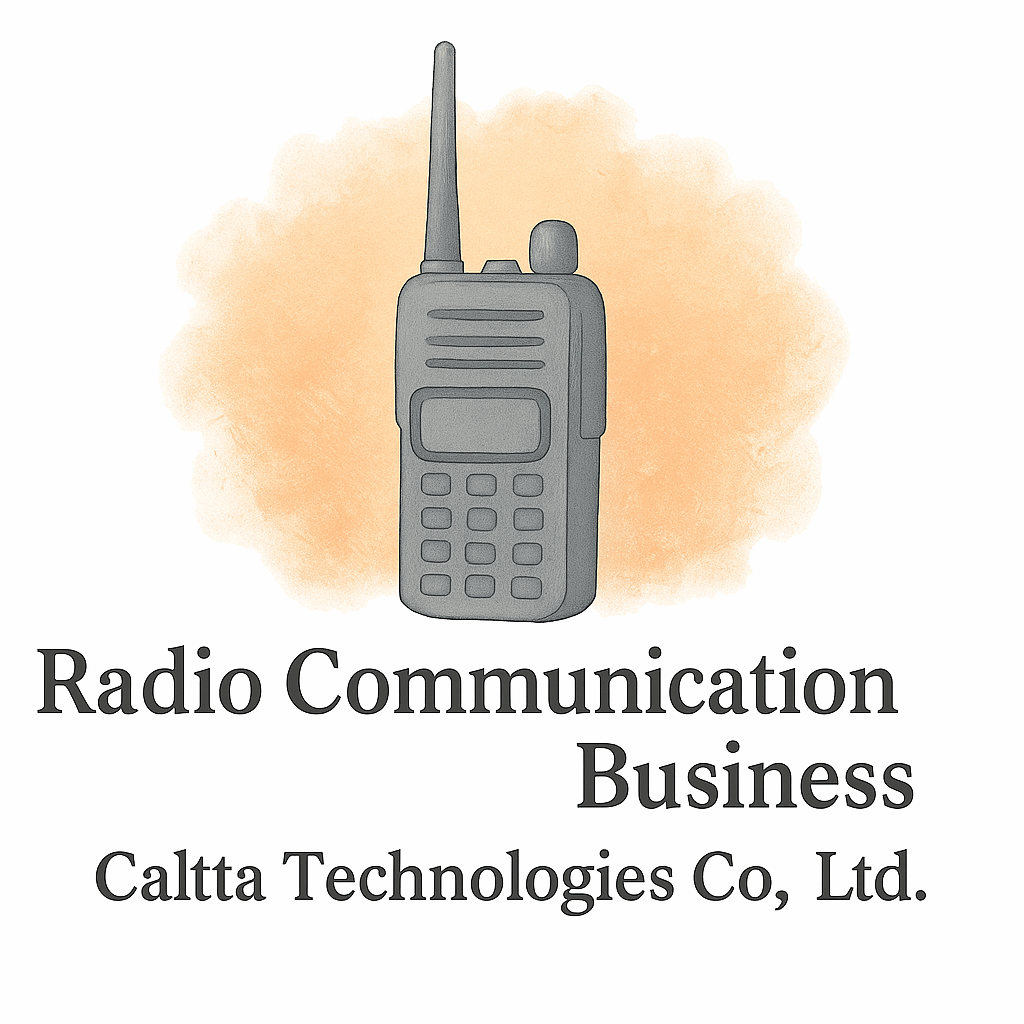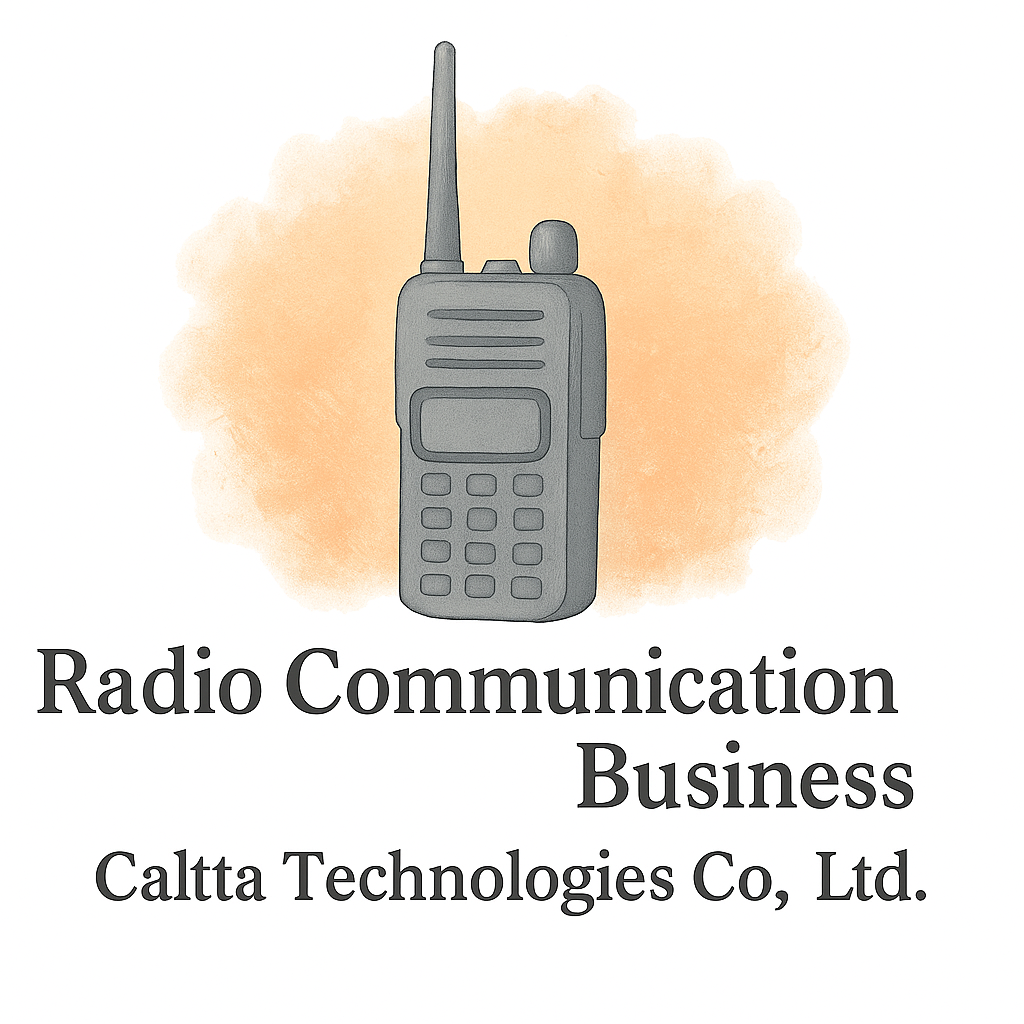Introduction
When disaster strikes, seconds matter. Whether it’s a natural disaster, a major accident, or a large-scale emergency, first responders rely on one essential tool: radio communication. It’s the invisible lifeline connecting teams, coordinating efforts, and saving lives. But as technology advances and challenges evolve, what’s next for this trusted tool? Let’s explore the 7 future goals for radio communication in first response and how they’ll shape the future of emergency management.
The Critical Role of Radio Communication in First Response
Why Radio Still Matters in Emergencies
You might wonder, “Why stick to radios when we have smartphones?” The answer is reliability. In emergencies, cell networks often crash, but two-way radios keep going. They’re rugged, fast, and specifically designed for urgent communication.
Comparing Traditional Radios vs. Modern Communication Tools
While apps, messaging platforms, and advanced tech are useful, nothing beats the instant push-to-talk function of a radio. That’s why future innovations aim to enhance radios, not replace them.
Future Goal #1: Enhancing Interoperability
Breaking Down Communication Barriers
Imagine police, firefighters, and medical teams all using different radios that don’t talk to each other. That’s a recipe for chaos. Interoperability is about ensuring all responders can connect seamlessly.
The Role of Standardization and Regulation
Future efforts will focus on universal standards and compliance (compliance regulations) so agencies nationwide can communicate without barriers.
Future Goal #2: Improving Signal Coverage and Reliability
Overcoming Dead Zones in Critical Areas
First responders often work in tunnels, basements, or remote areas where signals fade. The future lies in boosting coverage through portable repeaters, mesh networks, and better radio equipment (equipment technology).
Integration with Satellite and Next-Gen Networks
Next-gen radios will connect with satellites and 5G, creating a hybrid communication system that works anywhere—even off the grid.
Future Goal #3: Incorporating Advanced Technology
AI-Powered Radio Communication
AI could help filter noise, prioritize urgent messages, and even translate communication in real-time for cross-border disaster response.
IoT and Smart Devices in Emergency Response
Integrating radios with IoT devices means responders could receive live data from sensors, drones, or wearables in real-time, enhancing situational awareness.
Future Goal #4: Strengthening Cybersecurity in Radio Networks
Why Data Protection Matters in First Response
Radio traffic often contains sensitive data—locations, strategies, medical info. If hacked, it could jeopardize lives.
Tackling Hacking and Interference Threats
Future systems must focus on encryption, secure channels, and constant monitoring to avoid interception. Compliance with strict laws and regulations will be key.

Future Goal #5: Prioritizing User-Friendly Equipment
Lightweight and Durable Radios
The radios of tomorrow need to be lighter yet tougher, designed for harsh environments where every ounce of weight counts.
Hands-Free and Voice-Activated Communication
Think of radios that respond to voice commands, leaving responders’ hands free for action. These upgrades fall under innovative tools and equipment.
Future Goal #6: Integrating Radio with Other Communication Systems
Bridging Radio with Social Media and Apps
In large-scale emergencies, public communication is crucial. Future radios may sync with social media platforms (social media strategies) to broadcast alerts instantly.
Multi-Channel Command Centers
Command centers will become hubs connecting radio, video, GPS, and digital alerts all in one place for smoother coordination.
Future Goal #7: Training and Standard Operating Procedures
Building Skills for Future Radio Use
New tech is only as good as the people using it. Training programs will ensure responders know how to leverage every feature.
Importance of Nationwide Standardization
Standard operating procedures will help avoid confusion, ensuring that no matter where responders are deployed, they follow the same radio protocols (business setup basics).
Challenges in Achieving These Goals
Budget and Cost-Saving Barriers
Upgrading radio systems isn’t cheap. Many agencies struggle with budget constraints. Cost-saving strategies will be essential.
Compliance, Laws, and Regulations
New tech must also meet industry regulations. Delays in compliance can slow adoption.
Industry Insights on Radio Communication for First Responders
Lessons Learned from Past Disasters
Events like hurricanes, wildfires, and earthquakes have shown where communication fails. These lessons fuel ongoing improvements in radio systems (industry insights).
What Experts Predict for the Future
Experts predict a blend of radio, AI, IoT, and satellite technology shaping the next decade. The focus: speed, security, and reliability.
Conclusion
The future goals for radio communication in first response aren’t just about cool gadgets—they’re about saving lives. From stronger signals and cybersecurity to smarter integration and better training, the future looks promising. With continued innovation, collaboration, and investment, radios will remain the backbone of emergency communication.
FAQs
1. Why is radio communication still important in first response?
Because radios remain reliable even when cell towers fail, making them a lifeline in emergencies.
2. How will AI improve radio communication?
AI can filter noise, prioritize messages, and even provide real-time translations during emergencies.
3. What role will satellites play in future radio systems?
Satellites will ensure coverage in remote or disaster-struck areas where traditional networks fail.
4. How can first responders avoid cybersecurity risks in radio networks?
By adopting encryption, secure channels, and compliance with strict cybersecurity standards.
5. What makes interoperability so critical?
It ensures that police, firefighters, and medics can all talk to each other seamlessly.
6. Will radios replace smartphones in emergencies?
Not necessarily. The goal is integration, where radios and smartphones complement each other.
7. What’s the biggest barrier to improving radio communication?
High costs and budget limitations remain the largest obstacles to upgrading systems.


